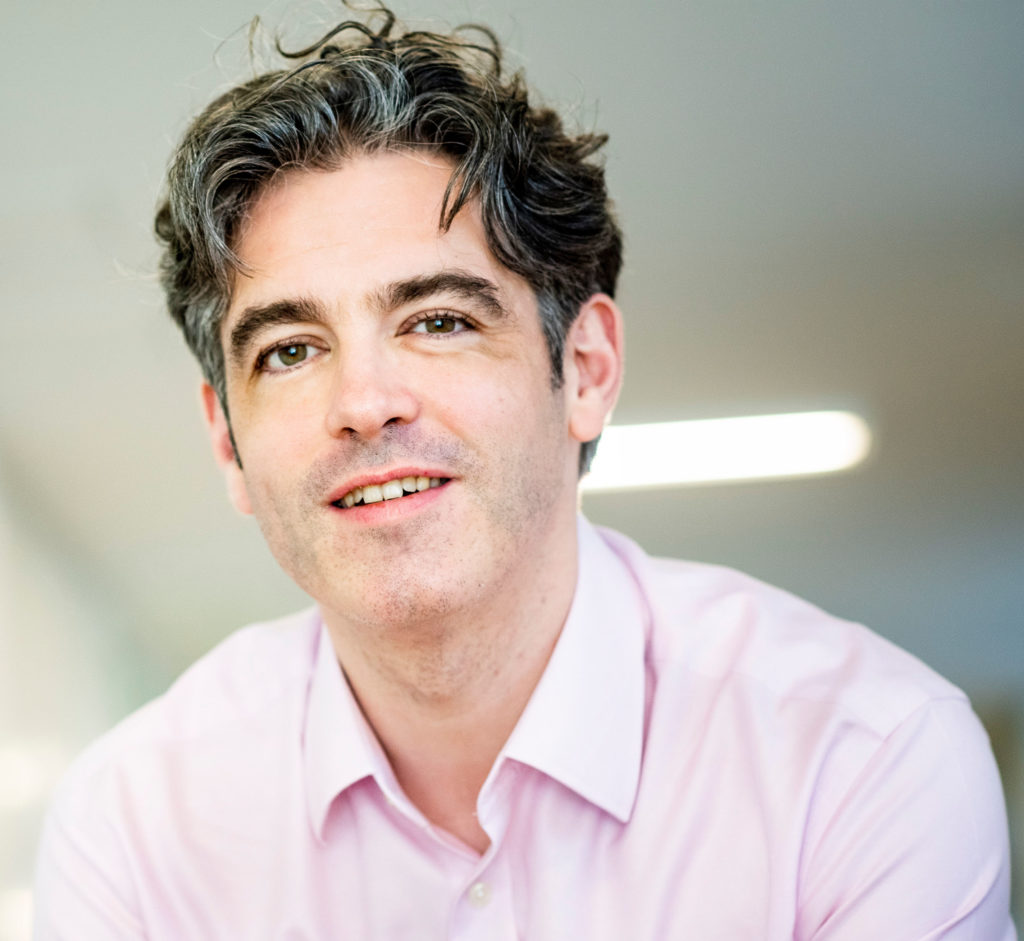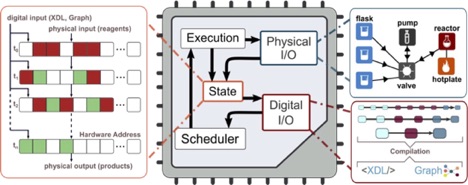Date: Tuesday, May 18, 2021
Time: 11:00 am
Talk Title: Chemical Synthesis* Machines Allow the Digitization of Matter
Zoom link

Abstract:
Today it is possible to design and synthesize many of the physically allowed molecules and materials conceivable if practical, yet paradoxically it is not possible to reproduce or rerun these successful procedures with high reliability. This is because many of the conditions devised for the manual or semi-manual synthesis are not uniformly recorded. The situation is even worse when the literature is investigated. For example, our preliminary studies reveal that >80% of all the published procedures fail to replicate without the help of an expert. In this talk I will outline how we have solved this problem by devising a universal approach to chemical synthesis that allows us to translate all procedures, manual or automatic, to a new interchange format, XDL, that allows chemistry to be universally communicated. Furthermore, this new approach maps into a universal programming language for chemistry that is accessible to ALL synthetic chemists and will work on ALL robotic systems (subject to suitable specification). We demonstrate this abstraction and XDL language using a Chemical Processing Unit or ChemPU which is a chemical state machine that can do chemical synthesis, see Figure.

I will also explain why our Chemical Synthesis Machine is really a Chemical State* Machine (CSM) and why you should care. This because our CSM can be used with AI and machine learning to search for new reactivity, reactions, materials, and molecules – that once discovered, can be reproduced using the CSM. This allows us to build the ultimate system that can both reproduce, search, discover, and update chemical knowledge autonomously in real time. I will show this working with real world examples from energy materials to small molecule drug candidates.
References
[1] J. Granda, L. Donina, V. Dragone, D. –L. Long, L. Cronin ‘Controlling an organic synthesis robot with machine learning to search for new reactivity’, Nature, 2018, 559, 377-381.
[2] P. Kitson, G. Marie, J. –P. Francoia, S. Zalesskiy, R. Sigerson, J. S. Mathieson, L. Cronin ‘Digitization of multistep organic synthesis in reactionware for on-demand pharmaceuticals’, Science, 2018, 359, 314-319.
[3] S. Steiner, J. Wolf, S. Glatzel, A. Andreou, J. Granda, G. Keenan, T. Hinkley, G. Aragon-Camarasa, P. J. Kitson, D. Angelone, L. Cronin ‘Organic synthesis in a modular robotic system driven by a chemical programming language’, Science, 2019, 363, 144-152
[4] P. S. Gromski, A. Henson, J. Granda, L. Cronin ‘How to explore chemical space using algorithms and automation’, Nat Rev Chem., 2019, 3, 119-128.
[5] S. Hessam M. Mehr, M. Craven, A. Leonov, G. Keenan, L. Cronin ‘A universal system for digitization and automatic execution of the chemical synthesis literature’, Science, 2020, 370, 101-108.
Biography:
Leroy (Lee) Cronin is the Regius Professor of Chemistry in Glasgow. Since the age of 9 Lee has wanted to explore chemistry using electronics to control matter. His research spans many disciplines and has four main aims: the construction of an artificial life form; the digitization of chemistry; the use of artificial intelligence in chemistry including the construction of ‘wet’ chemical computers; the exploration of complexity and information in chemistry. His group is organised and assembled transparently around ideas, avoids hierarchy, and aims to mentor researchers using a problem-based approach. Nothing is impossible until it is tried.

